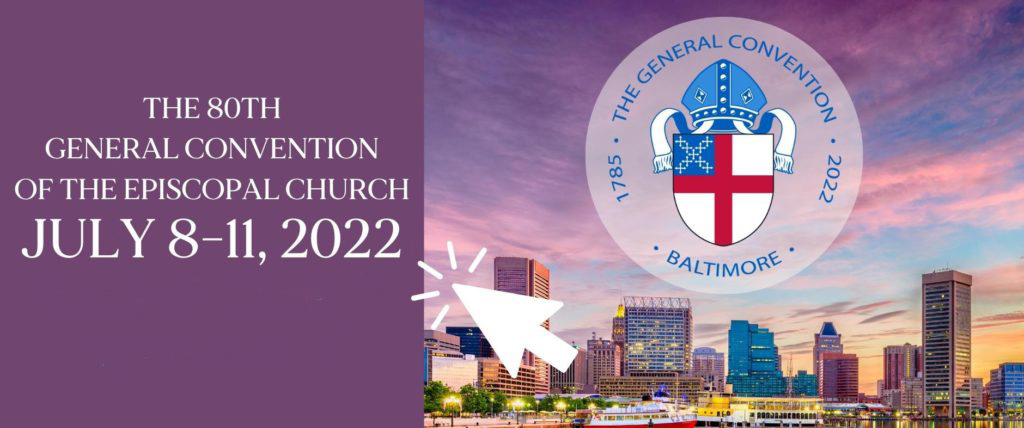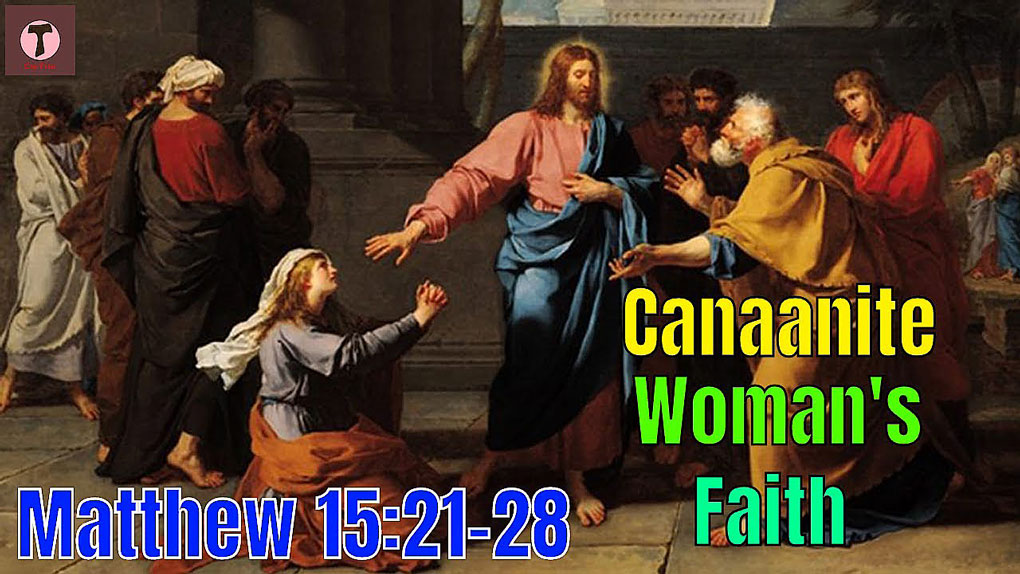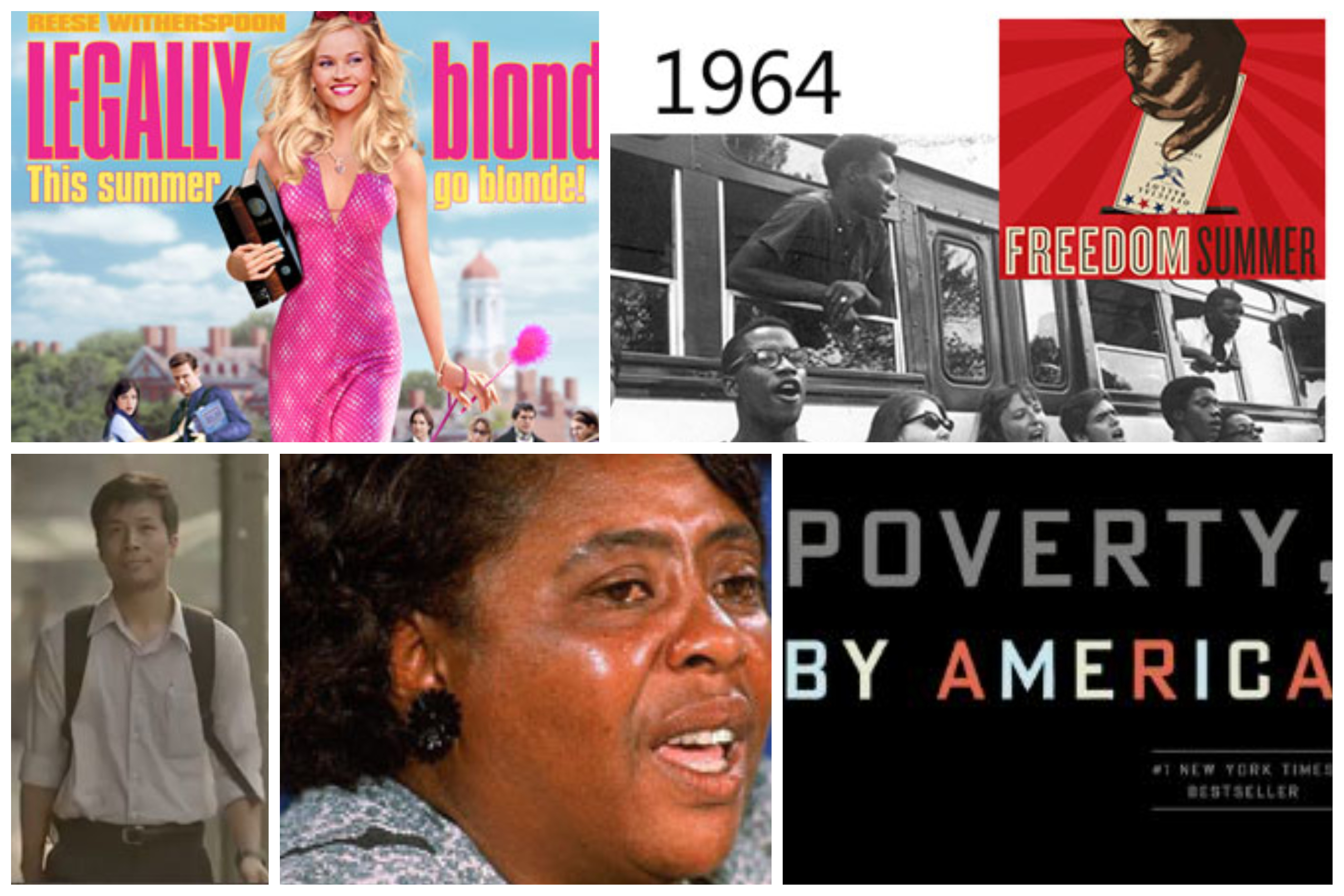
This was not an easy convention (most of them aren’t). COVID forced the postponement from 2021 to 2022. Then in May, the convention was cut in half from 8 days to 4 days. Presiding Bishop Michael Curry said they would consider “matters essential for the governance and good order of the church.” and save the rest for the next convention in 2024 in Louisville.
It was all business – no receptions, exhibition hall or vendors or even photo sessions with the delegates. The normal 10,000 in attendance dwindled to 1,200. Despite this mandate, the lower numbers and the reduced time to consider business they had to weight in on 412 resolutions in 4 days which they did.
How did they do it ?. Planning
1 Legislative committees acted online with of the resolutions before gathering in Baltimore.
2 Bishops and deputies had floor debates only on more controversial measures or on actions that they wanted to raise to greater prominence.
3.They passed the resolutions in batches through consent calendars.
What major actions were taken ? This review will group resolutions into 5 areas
- Book of Common Prayer
- Racism
- Social policy
- Reacting to Gun Violence
- Environment
Book of Common Prayer .
What General convention didn’t do ? A comprehensive Prayer Book revision is not a part of this. Instead the idea of a Prayer book that is broader adding other liturgies. Most importantly Convention would create a framework for this to happen for future evaluation by revising Article X the implementing part of the constitution for the prayer book which is used to change the Prayer Book. It will require a second reading at the next convention in Louisville in 2024 since it is a constitutional amendment.
The Book of Common Prayer for the first time under A059 would be “those liturgical forms and other texts authorized by the General Convention.” In other words, liturgies that are not in the current prayer book that could be elevated to “prayer book status,” whether they are replacing parts of the prayer book or standing on their own. In the past they revised the existing Prayer Book under Article X. However, it has never specifically provided for authorized liturgies that are not proposed revisions to the existing book
Rt. Rev. Jeffrey Lee, bishop provisional of Milwaukee, chair of the House of Bishops’ Committee on Prayer Book, Liturgy & Music – “The idea of the prayer book [evolving from] a book bound and physically present in a pew to a curated collection of texts that lives online”
Only the 1979 BCP has currently been “authorized.” All of the other liturgies have been “approved” for trial use. Anything to be “authorized” has to still be approved by two successive General Conventions.
Over a dozen liturgical texts have been “authorized” – for trial use, experimental use, or simply “made available” These include Marriage Rites, Holy Eucharist: Rite Two expansive language, Enriching Our Worship Series, Book of Occasional Services, LitGuries from other communions with bishop permission, Daily Prayer for All Seasons. Propose changes must go into trial use status. The substitute left the specific process of authorizing new texts open to future canonical definition, focusing just on the constitutional change that would enable such work
The final version creates a working group to propose canonical changes that would clarify or alter the status of the rites that have been authorized for trial or experimental use over the last few decades. That working group will present those recommendations to the 81st General Convention, where A059 will come up for a second reading. It leaves in place the requirement that any prayer book changes must be approved by two successive General Conventions, and specifies that any changes must be authorized for trial use first.
The prayer book contains rites for both public and private devotion, as did the earliest versions of Thomas Cranmer’s, the original author. But now also the adaptation1 of liturgy is stated here: “The Book of Common Prayer in this Church will be communal prayer enriched by our church’s cultural, geographical, and linguistic contexts. “ This goes back to the original Prayer book which had to alter the English Prayer book “to fit the local conditions and circumstance.” Presumably. this would include new liturgies and those form prayer books around the world.
President Jennings of the House of Deputies reminded the convention that, even as Jesus calls us, he is already on the move. We are not simply called to be with Jesus, though that is important; we are called to follow him. The church is never allowed to remain stagnant or self-satisfied. We are caught forever in the exciting, frustrating, uncomfortable, and ultimately divine process of discerning the direction in which God is calling us as individuals and as a church.
2 Racism
Resolution A125, for which the budget includes $400,000 in start-up funds for a new Episcopal Coalition for Racial Equity and Justice which would bring anti-racism training oversight to the province and diocese levels and creating a permanent foundation moving forward.
Gay Jennings in her sermon said “And I am in hopes that the creation of the Episcopal Coalition for Racial Equity and Justice through the passage of Resolution A125, will be among the most significant actions this church has ever taken.
Resolution A127. Confronts racism in terms of Indigenous boarding schools
Resolution A126 which would have the Standing Committee on Liturgy and Music to study the language of the Book of Common Prayer and report back on colonialist, racist and white supremacist, imperialist and nationalistic language and content and develop proposals for amending text
Resolution A052 clarifies the mandate of the Executive Council Committee on Anti-Racism and Reconciliation.
Resolution C058 requires the Executive Council to respond to the church’s racial audit of leadership.
Resolution A086 would allocate money toward making a priority the development and support of programs that respond to eco-justice concerns, address environmental racism, and work to alleviate environmental burdens on Indigenous communities, and to provide training and financial aid and other resources for the work
- Social policy
Convention passed Resolution D083 “affirming that all Episcopalians should be able to access abortion services and birth control with no restriction on movement, autonomy, type, or timing.
The Convention adopted resolutions to offer paid family leave and health insurance to lay and clergy church employees through the Denominational Health Plan.
Resolution A003 urges but does not require, dioceses to adopt uniform paid family leave policies for all employees.
Resolution D034 created a new task force to provide advice about the Denominational Health Plan, which is provided through Church Pension Group and which churches and dioceses are required to provide to clergy and some lay employees. The task force will provide the 81st General Convention in 2024 with options to reduce health insurance costs across The Episcopal Church.
- Gun Violence
Convention spoke out against gun violence, passing resolutions B003 on ghost guns, B006 urging advocacy for state legislation against gun violence and B007 commending investment in community violence intervention to prevent gun violence.
The convention occurred in the midst of 19 children killed in Uvalde, Texas on May24 and a gunman in Highland Park Illinois killed a gunman in Highland Park, Illinois, killed seven people at an Independence Day parade,
- Environmental
A088 Commit to the pressing work of addressing Global Climate
Reiterates that “climate change is not only a scientific concern or environmental issue, but what the United Nations calls “the defining issue of our time… at a defining moment” (UN Secretary General, September 10, 2018), an all-encompassing social crisis and moral emergency that impacts and interconnects every aspect of pastoral concern including health, poverty, employment, racism, social justice, and family life and that can only be addressed by a Great Work involving every sector of society
t General Convention reaffirmed that the Episcopal Church shall support and advocate for policies, programs, pastoral responses, and theologies that work to ensure no community – especially financially impoverished communities, frontline residents, migrants, and BIPOC communities (Black, indigenous, and people of color) – shall bear a disproportionate impact of the environmental, health, and economic threats of climate change;
D064: Endorse and Encourage Green Deal Legislation
Most notably the addition of a “question to the Parochial Report regarding how each parish is reducing their carbon footprint and to share those results as a whole with the Episcopal Church.”
It also opens a conversation about “adding portions relating to environmental stewardship in the Canons of the Episcopal Church” and resolves “that this Convention transmit a message to each diocese of The Episcopal Church with a copy of this resolution before each Diocesan Convention following the 80th General Convention.”
Adding Sustainable development goals rose to the attention of Convention:
- Zero Hunger
- Good Health and Well-being
- Quality Education
- Gender Equality
- Clean Water and Sanitation
- Affordable and Clean Energy
- Decent Work and Economic Growth
- Industry, Innovation and Infrastructure
- Reduced Inequality
- Sustainable Cities and Communities
- Responsible Consumption and Production
- Climate Action
- Life Below Water
- Life on Land
- Peace and Justice Strong Institutions
- Partnerships to achieve the Goal
Resolution A020 “encourage[s] all parishes, dioceses, and jurisdictions” to not only learn about and teach these goals, but to undertake “self-audits to assess how their existing mission work and ministries already address the SDGs.”
A087: Net Carbon Neutrality by 2030
A087 sets for the Episcopal Church a “goal of net carbon neutrality in its operations and the work of staff, standing commissions, interim bodies, and General Convention by 2030,” in line with the UN’s Decade of Action on the SDGs. It also encourages “parishes, dioceses, schools, camps, and other Episcopal institutions to pursue their own goal of net carbon neutrality by 2030.
One amendment is worth highlighting. At the resolution’s Legislative Hearing, Bishops Bascom (Kansas) and Lattime (Alaska) collaborated on additional language regarding land use. First, the amendment “request[s] the diocesan bishops of every diocese to begin to build networks of landowners and creation trustees in each diocese who will devote portions of their land [to various sustainability projects].” Second, that “The Episcopal Church support and advocate for the subsistence rights of Indigenous people and policies that protect and preserve land and resources solely for subsistence use.”
C015: Carbon Sequestration – Creates An Internal Carbon Offset Program
Resolution C015 is a partner resolution with A087 above that provides specific guidance on the establishment of an internal carbon offset program. Carbon offset programs at large are understandably controversial: the assets traded in many programs are impossible to track, and many carbon offsets, when purchased, do not come to fruition. This is precisely why C015 is central to achieving net carbon neutrality in the Episcopal Church by 2030. An internal offset program would be thoroughly vetted and ethically allocated.












